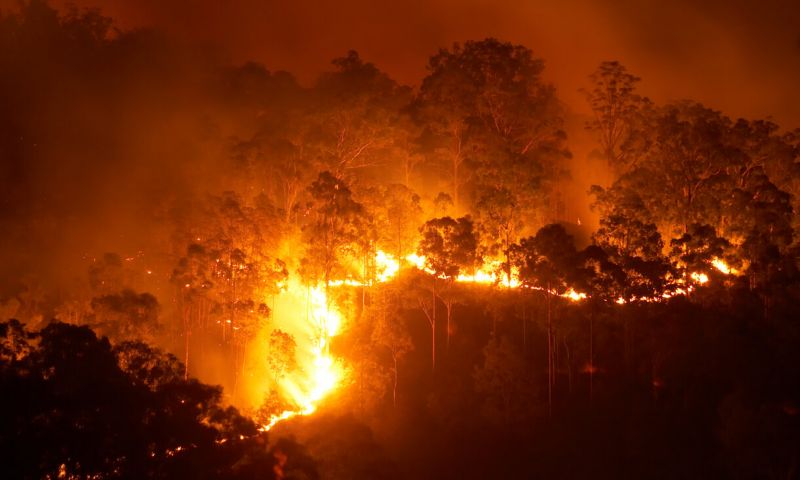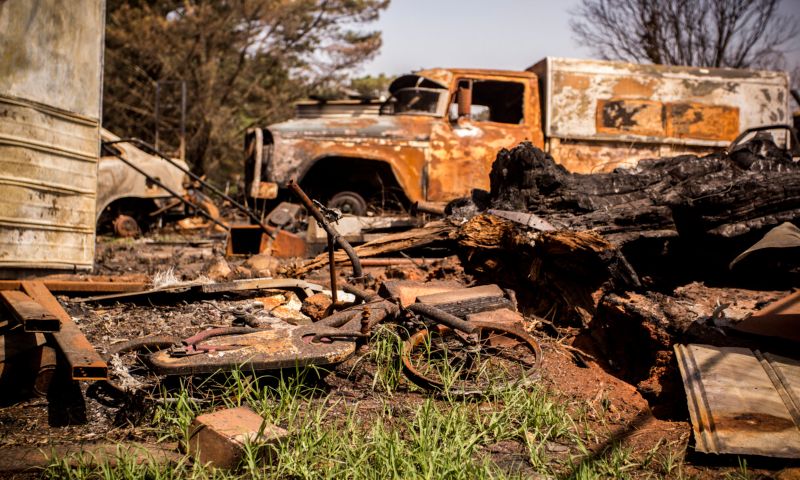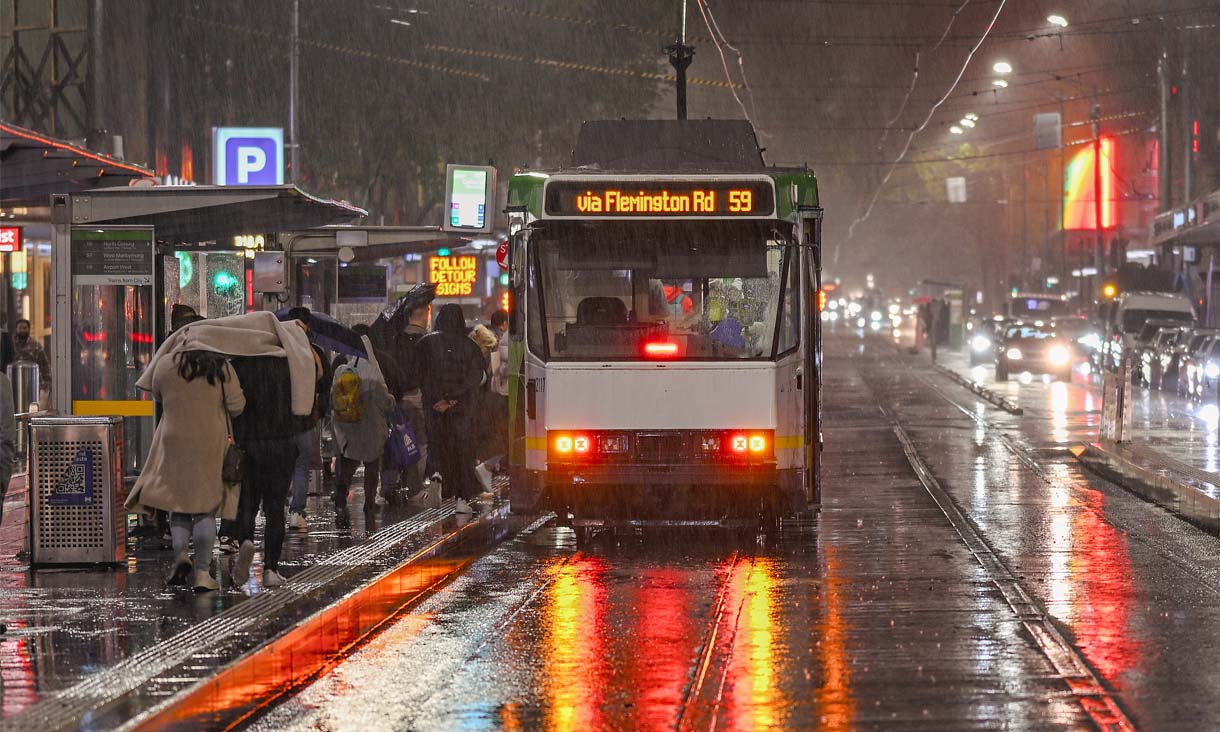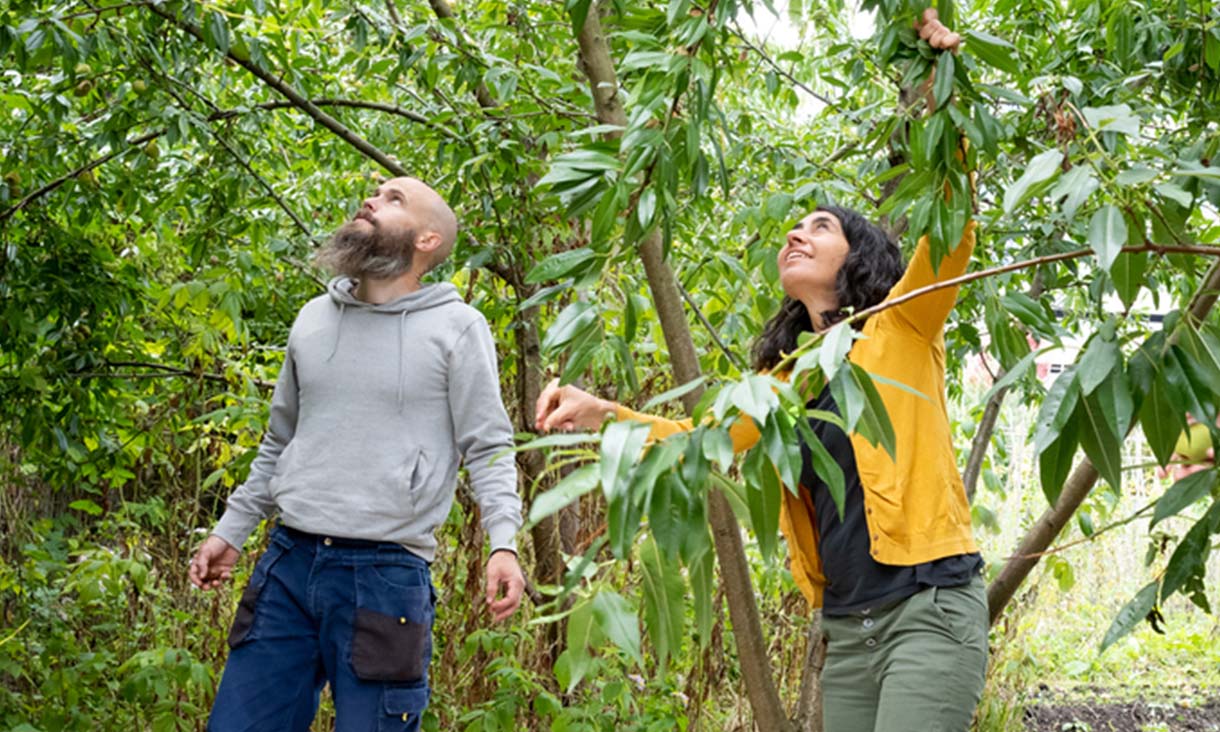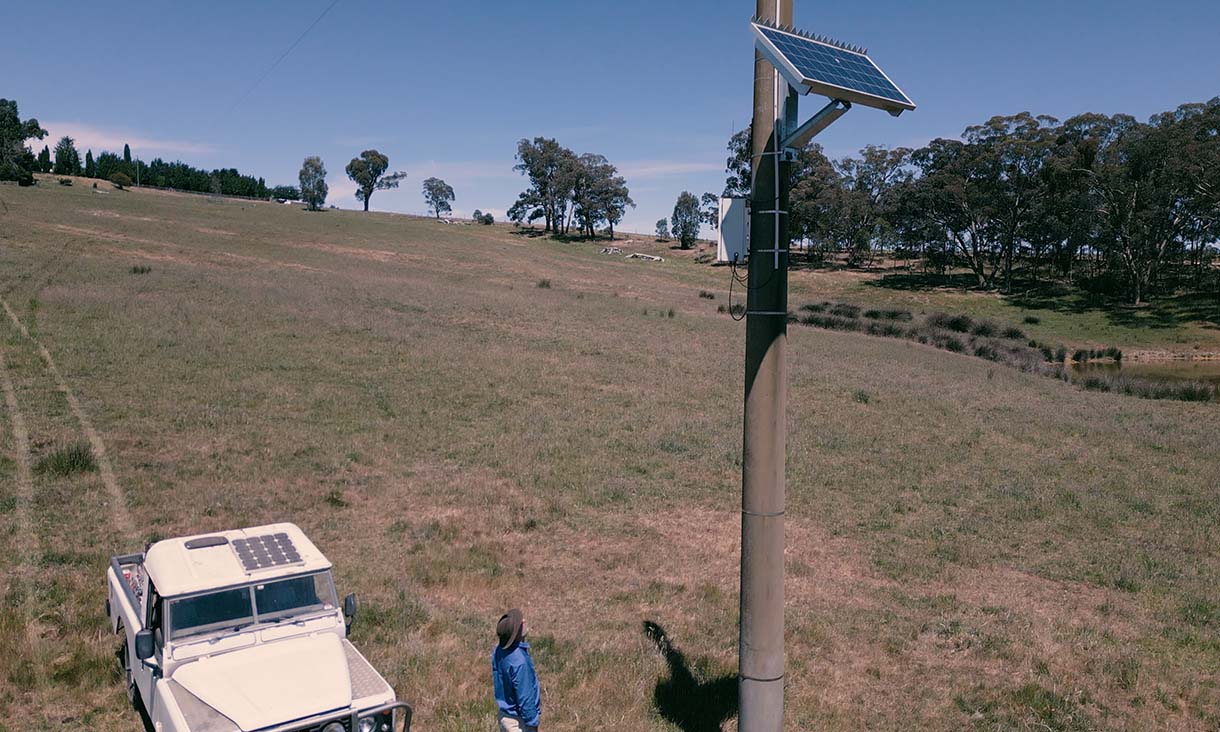Regulating land use in high-risk areas
Emeritus Professor Environment and Planning, Michael Buxton, argues the report needed to provide clear direction on land use planning in high-risk areas.
The report points to the new normal of extreme weather driven by climate change and agrees that “land use planning and exposure to risk are 'inextricably linked',” Buxton says.
“But it doesn’t address the need for increased regulation of land use in high-risk areas.
“It recognises that planning systems that allow building in high-risk areas create risk to individuals and that development in high-risk areas should be avoided.
“However, it concentrates only on the need to provide better information to new residents on risk, placing sole responsibility for risk onto individuals not government.”
He notes previous bushfire inquiry recommendations have been ignored including “the need for stronger planning controls to prevent new dwelling construction in high risk areas such as the edges of townships and rural landscapes."
He also notes that while recognising that improved building regulations can reduce risk, "the report avoids any support for improving the capacity for existing buildings in high-risk areas, stating that buildings should be made 'sufficiently resilient.'”
Disaster recovery
Urban resilience design expert Dr Mittul Vahanvati says the report’s recommendations missed an opportunity to address roadblocks to post-bushfire recovery.
“The report’s proposed recommendations indicate that when a hazard occurs affected communities are not allowed by the current governance system to take the lead or act, rather, they are mandated to wait for emergency management personnel to lead,” she says.
“Hence, a major shift is required in current recovery and resilience programs to give power and funding to communities to implement their actions in collaboration with local councils, non-government organisations and the private sector.
She also points out that post disaster funding is only allocated to rebuilding destroyed or heavily damaged houses, not to surviving homes.
“Given that roughly, three-quarters of all buildings in bushfire prone areas are not designed or constructed to bushfire safe standards, recommendation 19.4 falls short of addressing this vital gap in supporting those homeowners to adapt their buildings to higher bushfire standards.”

